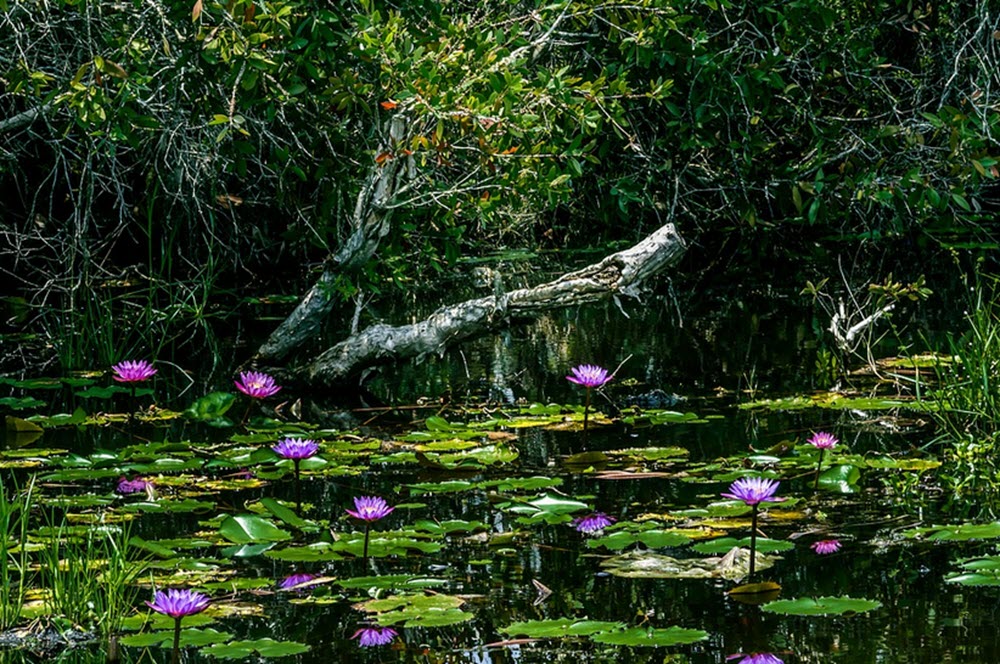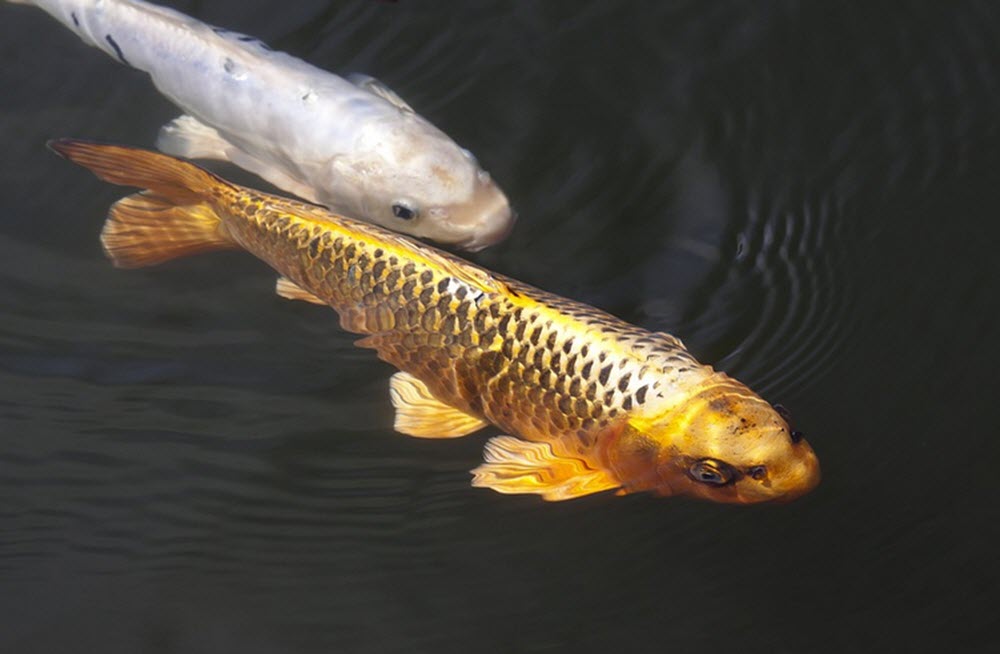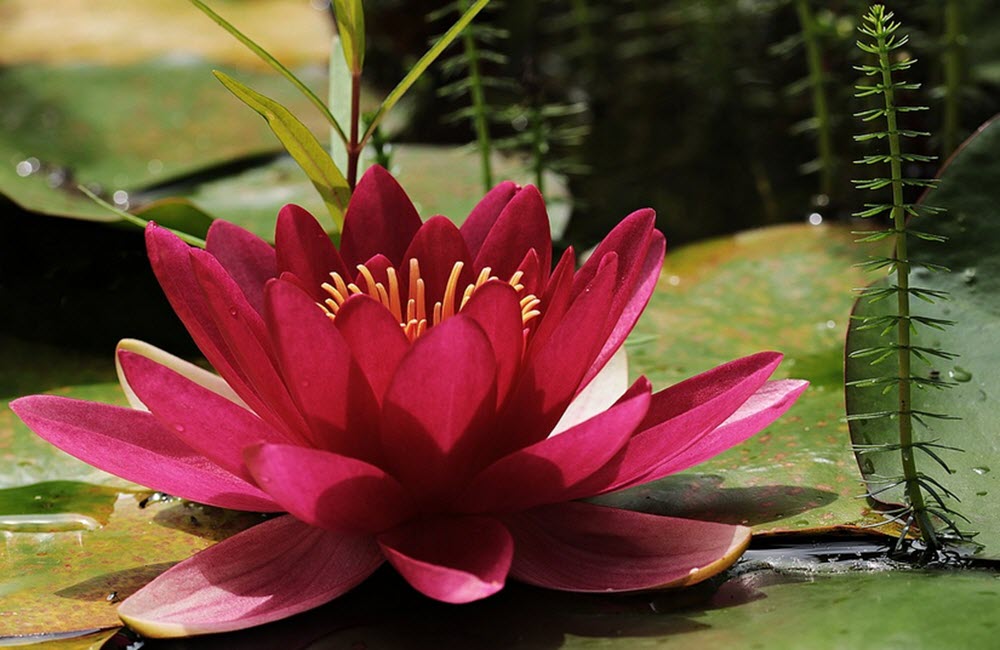Pond algae control in Nicaragua
In this article, we are going to look a little closer at what you should think about to keep algae out of your garden pond in Nicaragua.

Natural pond made to mimic natural landscape
Many different methods can be used to combat pond algae, and the best results are normally achieved by combining several different methods. Limiting the amount of light and nutrients will make the habitat less suitable for algae. You can also introduce algae eating organisms to your pond and/or use some type of algaecide. Before you decide to use an algaecide for pond algae control, you should keep in mind that algae mass-death can have a devastating effect on water quality and make the oxygen levels of the pond decrease sharply. This can in turn harm or even kill fishes and other aquatic organisms in the pond. Algaecides are a short-term solution; unless you combine it with other actions you will never achieve a stable pond with suitable amounts of algae growth. I do not recommend using Algaecides. Biological methods are more effective in the long run.
Limiting Light
Limiting the amounts of nutrients that reach the pool is usually easier than limiting the light. If you are planning to dig a new pond for your garden you can, however, take light into account and chose a shaded part of your garden where pond algae are less likely to thrive. I also recommend making the pond at least 2 ft deep as this will limit the amount of light that reaches the bottom and help control algae. 4ft or more is even better.
Placing your garden pond next to trees and bushes will force you to clean your pond more frequently since leaves and other types of debris will fall into the water. A well-established pond will be able to handle this debris without negative effects and will only require you to remove excess debris once or twice a year.

Koi fish
Limiting Nutrients
Two major contributors of nutrients to a garden pond are fish food and surface water. If you keep pond fish or any other animals in the pond, make sure not to over-feed them. It can be a good idea to introduce scavenging species that will seek out left-over food and devour it. After heavy rains, surface water streams that empty themselves in the pond tend to bring large amounts of nutrients to the water. You can prevent this by building a mound around your garden pond or dig special trenches for surface water. It is also a good idea to avoid using fertilizers (especially those rich in phosphorus) in the area around the garden pond.
Pond Plants
You can force the algae to compete for nutrients by keeping your garden pond heavily planted. If you have plant-eating fish (tilapia, pacu) or other animals (ducks, turtles) in the pond, chose though and sturdy plants that grow fast and will tolerate being nibbled on. Water hyacinths are very good at absorbing nutrients from the waters. Hornwort is another good species that are readily available in Nicaragua. In more established ponds you can replace some of these fast-growing species with other plants such as water lilies of the genus Nuphar or Nymphaea.

Red Water lily – Picture by Näckros
In a pond filled with plenty of thriving plants, there will be much fewer nutrients available for the algae and this will limit their growth rate and make sudden algae bloom less likely. There are many different pond plants to choose among; make sure that you pick species that will thrive in your particular climate and avoid delicate species that might find it hard to compete with the algae.